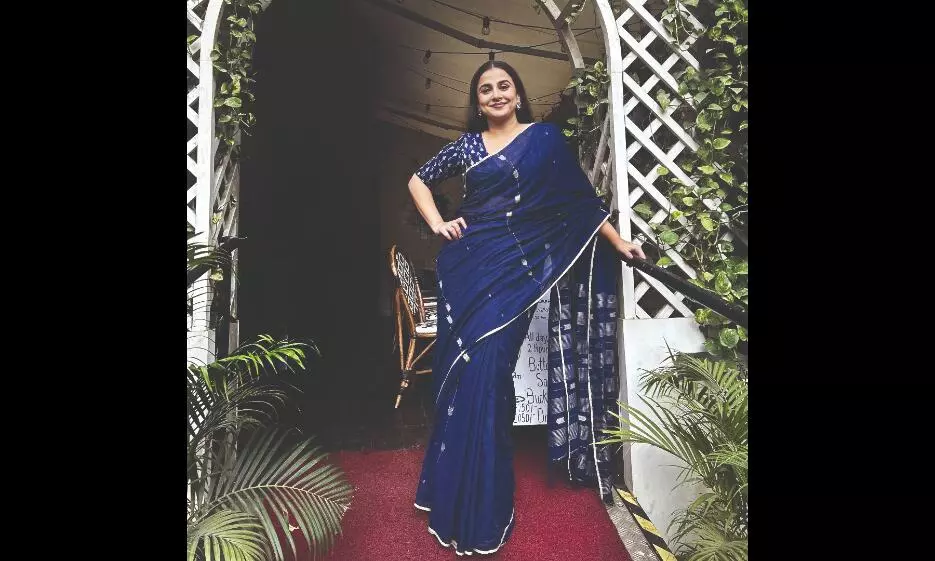Power of the loom

Floods, landslides, and heat waves across the world show the urgent reality of the climate crisis. Fashion also worsens this issue with plastic fibers polluting oceans. The industry is also responsible for 10% of human-caused greenhouse gas emissions and 20% of global wastewater. As a result, fashion can no longer ignore its environmental impact.
Handloom textiles offer a sustainable choice. By using locally sourced materials, handlooms create a harmonious relationship with the environment. India’s handloom artists are renowned worldwide for their distinctive hand-spinning, weaving, and printing techniques. The handloom sector stands out for its low capital requirements, eco-friendliness, minimal power consumption, and adaptability to market changes. Also, it provides employment to 3.5 million people, making it the second-largest employer in India after agriculture.
As more designers focus on sustainability, they are also working to reduce their carbon footprints. Take the example of Vilasa Bengal, a Kolkata brand, specialising in handloom sarees like jamdani, chanderi, and silk. “Handloom is becoming more important. It’s not booming, but it’s giving more weavers a stable income. The industry, once fading, is now growing because of designer support and customer interest in eco-friendly materials,” said their spokesperson. The brand also makes an effort to source handwoven materials from Bengal and adjacent states to minimise its carbon footprint.
Prof Dr Sharmila J Dua, Director of NIFT Mumbai, said designers like Sabyasachi Mukherjee, Rajesh Pratap Singh, Payal Jain, and Sanjay Garg work extensively with handlooms. Sayandeep Debnath, Assistant Professor in the Textiles Design Department at NIFT Mumbai, mentioned handlooms represent slow fashion, where each piece of fabric is valued and lasts a long time.
In fact, slow fashion is gaining popularity, with celebrities like Deepika Padukone, Vidya Balan, Richa Chadha, Alia Bhatt and Janhvi Kapoor also challenging stereotypes by repeating outfits, thus promoting sustainability.
Bohurupi Santiniketan believes that a society’s true progress comes from educating and empowering rural communities, which they support through handmade products. Designer Abhisek Roy, with extensive grassroots experience, highlights India’s handwoven fabrics and traditional techniques. “We focus on organic and recycled fabrics. India’s indigo, natural dyes, and cotton are unique. The handloom industry also provides jobs for marginalised communities and supports women’s empowerment,” he said.
Shilpa Chakraborty, co-founder of Aalta, a Kolkata saree brand specialising in handlooms, mentioned that the sector faced challenges post-pandemic. “Things were quite gloomy, but online shopping grew during that time, which boosted the handloom industry in India. Many weavers shifted from B2B to B2C,” she said. Chakraborty also highlights the importance of storytelling in craft. “Consumers now look for products with stories that connect them to the rich traditions behind handloom creations,” she added.



